Have you ever noticed some dogs circling their family? Maybe they even push others in the household into tidy groups. (The family cat doesn’t always appreciate this) No, it’s not doggie OCD. You’re seeing herding behavior. And it comes from LONG lineages. Across the world, dogs herded livestock for farmers. Some still do! That tradition produced herding dog breeds that people have fallen in love with. Even those that don’t have farms or sheep. Why? Herders have unique characteristics. All of that work in the field sharpened their minds. And it led to powerful muscles that need plenty of daily exercise. Not to mention a fierce, loyal streak. Put it all together, and you get some of the best breeds a person could ask for.
Work All Day
Every herding dog breed started with a job to do. Whether they ended up in charge of sheep, cows, or geese, these canines held A LOT of responsibility. Every day, they watched over their particular flock. This meant protecting them from outside threats (the four-legged AND two-legged kind). They also needed to round up strays that moved too far from the designated field. And when instructed by the farmer, the dogs herded the group to the next field or back to the barn.
But – unlike hunting dog breeds – no one dog “pattern” emerged. You’ll find every kind of coat, different sizes (yes, even small), and various builds. All of the demands on their time caused a few key features to emerge, though:
- Agility
- High levels of speed
- Stunning intelligence
- Loyalty
Originally, these hard-working herding dog breeds found themselves placed in the AKC’s Working Group. And it made sense. These pups put in full workdays. But that bone-deep need to herd their flocks set them apart from the other working dogs. So in 1983, the AKC created the Herding Group. And, currently, 31 breeds make up the group. They come from various parts of the world, but they all perform the same function.
Herding Dog Breed Characteristics
Plenty of herding dog breeds continue to round up flocks to this day. Competing in herding competitions, they show off their hard-earned skills for delighted crowds (and tourists) every year. But you’ll also find just as many of these canines residing in happy homes without a goose or cow in sight. The same characteristics that make them champion herders also make them delightful family pets.
Agility
The need to cover miles of territory and keep errant members of the flock in line makes herding dog breeds active and agile. And they love to get out and work each day. If you’re active, you couldn’t ask for a better training partner. Your herding dog will happily run with you, chase after a frisbee, and beg for more.
But there’s a downside to that energy. Herding dog breeds are NOT suited to quiet apartment living. They need plenty of open space to run around in. You’ll never convince your pup to take it easy and kick back on the couch. Without a way to run off that natural energy, these dogs turn to mischief and potentially destruction. You don’t necessarily need a giant farm, but you’ll want access to a park or something similar.
Intelligence
Herding dog breeds often found themselves on their own. The farmers and ranchers trusted the dogs to make decisions regarding the health and safety of the flock. A lot of responsibility for a dog? Sure, but these breeds came designed with enough brainpower to handle things. They knew how to recognize trouble and figure out solutions. And those natural smarts appeal to plenty of people.
Have you ever considered training a dog for agility? Or simply wanted a dog that enjoys the training process? Herders are up to the task. You want them to have something to engage their brains and keep them out of trouble. Of course, if you’re not careful, you may find yourself on the opposite side of that doggie brain. You’ll need to stay ahead of the game if you don’t want to find yourself getting trained by your DOG!
Loyalty
The flocks were the property of herding dogs. Every sheep or calf belonged to them. They took their jobs seriously. No wolf or thief was allowed to enter the field without the dog taking notice – and protesting. They have a desire to protect what belongs to them. In a family situation, they transfer that loyalty to you, your family, and the house. (Yes, even the cat or other pets) It’s something people find appealing.
However, that protective loyalty can get out of hand. You don’t want to end up with a herding dog breed that gets defensive around EVERY stranger. That leads to your pup herding you and the family members away from your friends. It’s important that you provide proper socialization to prevent unnecessary problems.
Popular Herding Dog Breeds
Herding dog breeds herd – it’s right there in their title. But they also bring activity and intelligence with that instinct. And people can’t resist that combination. So long as you understand what you’re getting yourself into, there’s no reason you can’t bring one of these dogs into your life. You WILL need to cope with getting rounded into a corner now and then, but that’s not too bad. Not when you look at the diverse history of these amazing breeds. They come from all over the world, and they look so different! No matter what your taste, you’ll find something amazing.
Popular English Herding Dog Breeds
England and Wales produced several herding dog breeds. As first the Romans and then the Vikings entered the area, they brought their herding dogs with them. Then those dogs bred with breeds in the area, creating new lines. Before long, entirely new dogs emerged. And they diversified to herd different flocks. You still get incredible intelligence and a need to run around and expend energy, though. Make sure you have that yard available – not to mention plenty of your time.
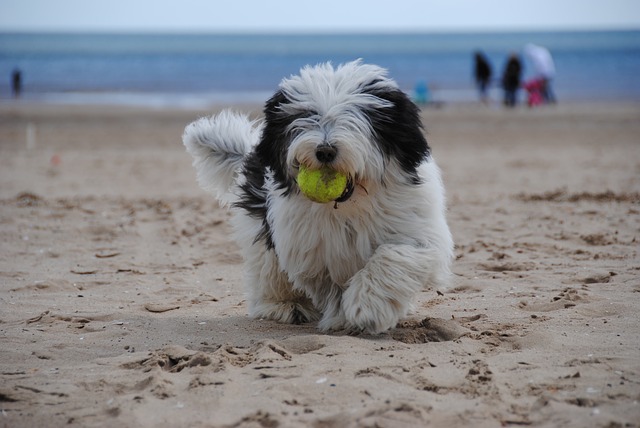
Old English Sheepdog 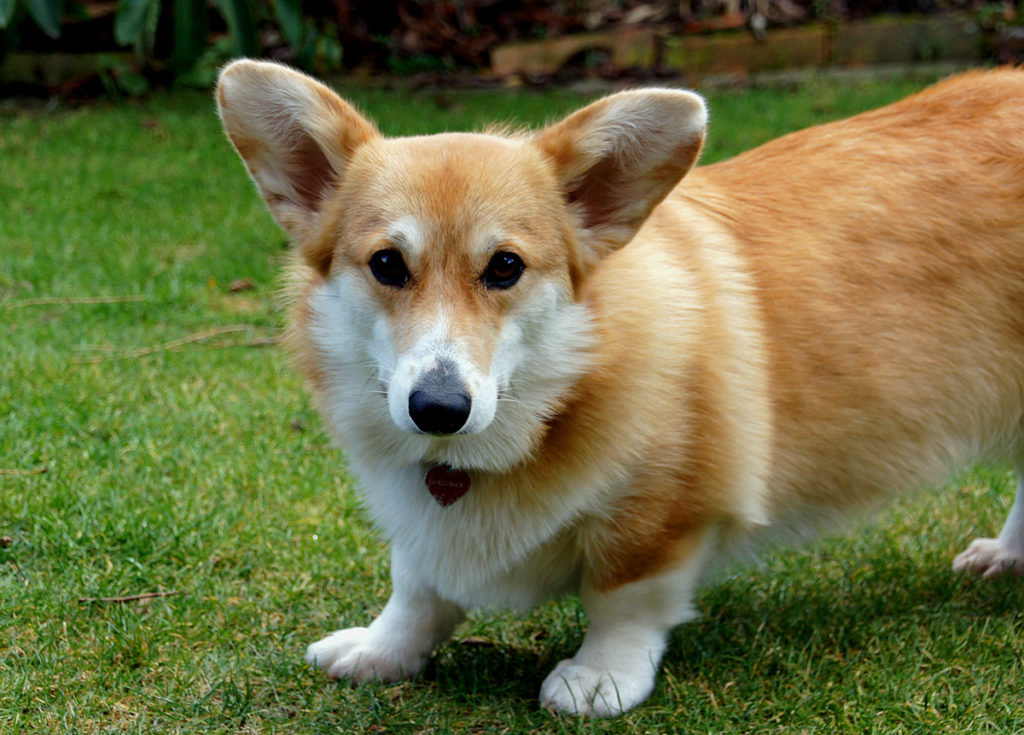
Pembroke Welsh Corgi
- Old English Sheepdog: Most people recognize the super-fluffy coat of the Old English Sheepdog. There are some questions over the origin of these shaggy pups, but it’s believed they showed up in southwestern counties of England in the early nineteenth century. Originally, their tails were docked. During that time, drover’s dogs (dogs that drove sheep and cattle to market) fell into the working class and were exempt from taxes. And a docked tail proved the presence of a working dog. It’s still considered a breed standard for show, but people who keep these sweet-tempered floofs don’t conform.
- Pembroke Welsh Corgi: While on the short side, Corgis got their start herding sheep, horses, and cattle. That’s right – they kept LARGE livestock in check! Not too shabby for a herding dog breed that rarely weighs more than 30 pounds. Despite their small size, they’re NOT exceptions to the apartment rule. You’ll want to provide them with plenty of exercise to prevent destructive behavior. Socialization is also key as they tend to get wary of strangers. And watch the herding behavior. After so long rounding up cattle and horses, they tend to nip when they get started.
Popular European Herding Dog Breeds
Throughout Europe, herding dog breeds sprang up. They encountered different terrains and climates. And it shows in the various coats. You’ll find double coats, curly coats, fluffy coats, and everything in-between. Even size varies. The region where the breed developed determined the needs of the dog. It provides plenty of choices for the person looking to add one of these energetic pups to their home.
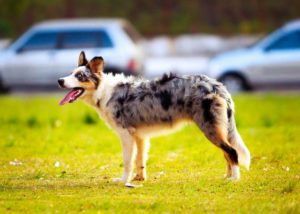
Australian Shepherd 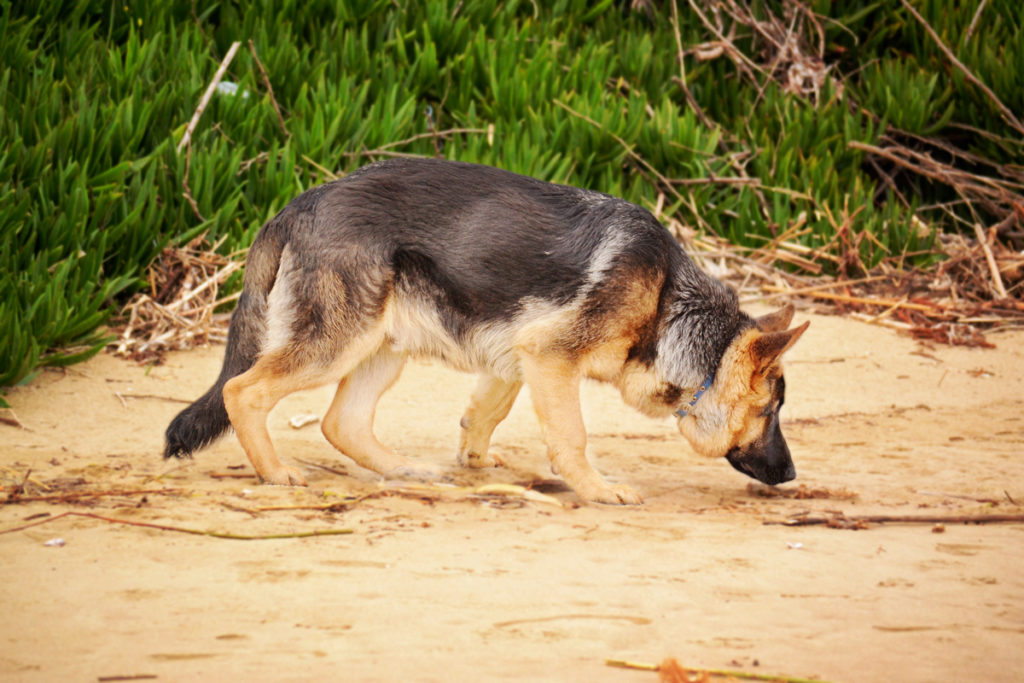
German Shepherd 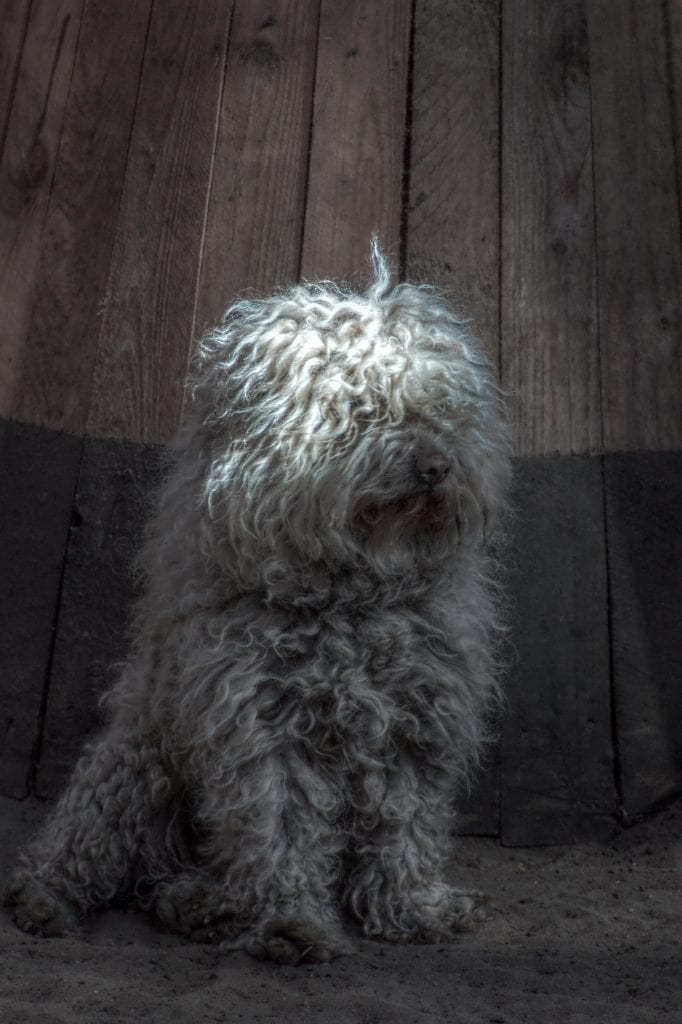
Puli 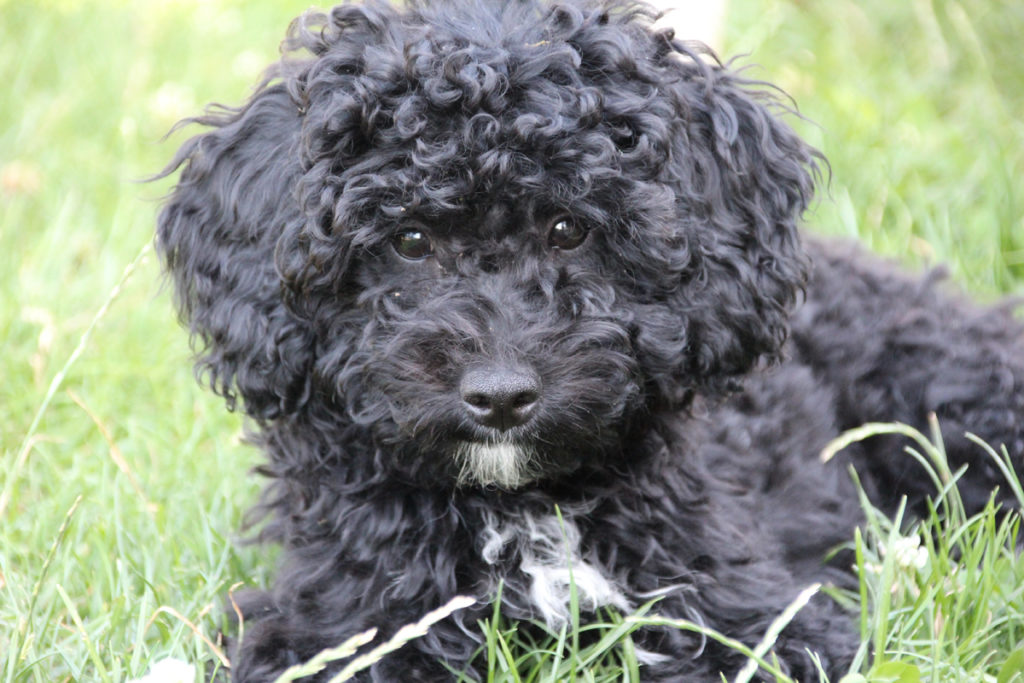
Spanish Water Dog
- Australian Shepherd: Poor Aussies have one of the most mismatched names in the herding dog breeds. The dog originated in a region near the Pyrenees Mountains. “Australia” ended up added to their name when people immigrated to the continent and brought the canines with them. They’re naturally wary of strangers, and you’ll want to put in plenty of time with socialization. And with their natural intelligence? You’ll have to decide whether to direct it toward training or some form of work.
- German Shepherd: German Shepherds hold the second position of the most popular dog breeds. And it’s no surprise. The herding characteristics they learned in Germany qualified them for plenty of working opportunities today. They serve in the military and police forces, work as service dogs, and even turn to guard work. They have a natural intelligence that makes training a breeze – no matter what they do. Of course, they DO have a THICK coat. And that means you’ll end up coping with shedding. Make sure you have a solid vacuum handy.
- Puli: The Puli is one of three herding dog breeds to come from Hungary. They develop long, corded coats that look like curls, and it’s waterproof. (It’s a different look to the Pumi that shares some of the Puli’s heritage) When not guarding sheep for a farmer, you’ll find Pulis competing in agility competitions. They’ve earned the title “Acrobats of the Dog World.” Only weighing around 30 pounds, they’re incredibly athletic and light on their feet. Throw in a super-playful temperament, and you have the perfect agility companion!
- Spanish Water Dog: As you might guess, Spanish Water Dogs divide their time between land and water. The soft curls on their coat feel like wool and repel the water, making them perfect swimmers. They come in a variety of colors, too, making them a charming addition to the family. While not quite as hyperactive as other herding dog breeds, you’ll want to watch them around smaller children. They tend to nip when they’re rounding everyone up.
Popular French Herding Dog Breeds
Okay, yes, France is a part of Europe. However, the French countryside produced several herding dog breeds that stand out on their own. So why not set them apart? You’ll find some of the largest and most muscular breeds in this group. And for a good reason: they worked herding cattle and needed the bulk to back up their work. You’ll DEFINITELY need plenty of room to let these pups roam around and tire out their energy needs!
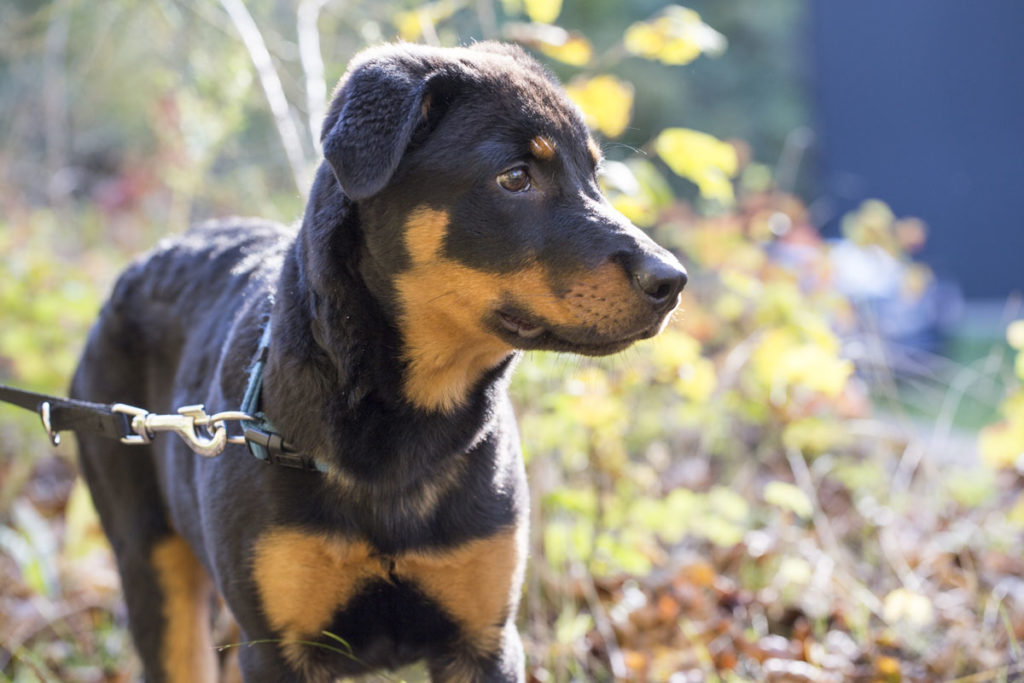
Beauceron 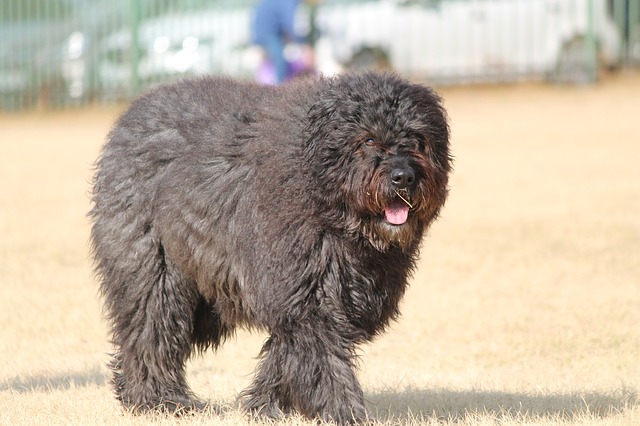
Bouvier des Flandres 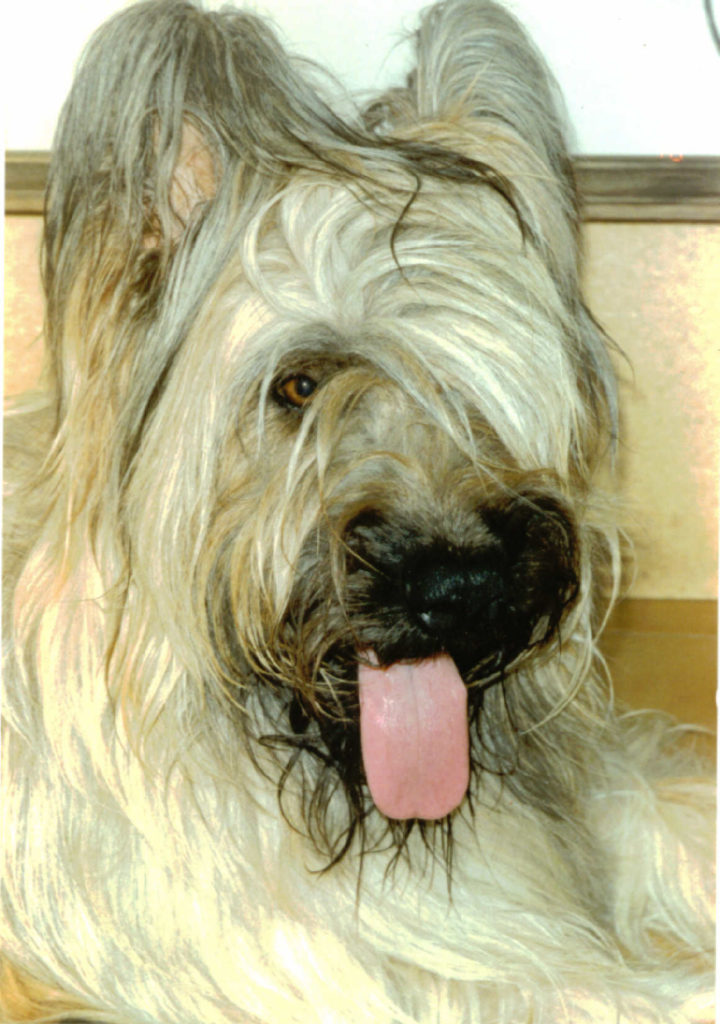
Briard
- Beauceron: The French nickname for the Beauceron is Bas-Rouge, and it means “red stockings.” And that’s how you identify this French hunting dog breed: they have red feet! They’re also the second-largest in the group. Beaucerons are powerful canines with a dignified look to them. You’ll need plenty of confidence to match THEIR confidence, though. Of course, if you don’t provide plenty of opportunities for exercise, you could find yourself with a dog planning mischief.
- Bouvier des Flandres: Bouvier des Flandres translates quite literally as “cowherd from Flanders.” Bouviers came from Belgium, and they helped keep cattle in check. At 27 inches high, they’re the largest of the hunting breeds. And they CRAVE jobs to do. You’ll need to find an activity to keep them engaged. They have shaggy coats that require frequent brushing to stay under control. Originally, breeders cropped their ears. It’s no longer a dominant fashion, and you’ll often see them with floppy ears.
- Briard: With long, silky coats, Briards seem too pretty to work out in the fields. But they have the same intelligence and drive to herd as their companions. Briards come in around 100 pounds, and it’s solid muscle. You’ll find several coat colors, but what sets a Briard apart are the tufts of hair above the eyes and ears. If left to grow, the hair can cover their eyes (a little like a Sheepdog). They make excellent watchdogs, but without socialization, they won’t do well with ANY strangers.
Popular Scottish Hunting Dog Breeds
Have you been to Scotland? Sheep dot the hillsides in plenty of the rural areas. (Okay, I haven’t been, but my parents went and showed me photos) So it’s no surprise that Scotland’s produced plenty of herding dog breeds. All of those fluffy sheep need SOMEONE to keep them in line and prevent losses. Some of the most popular herders trace their lineage to this region of the United Kingdom. And in the highlands? These dogs continue their work with pride.
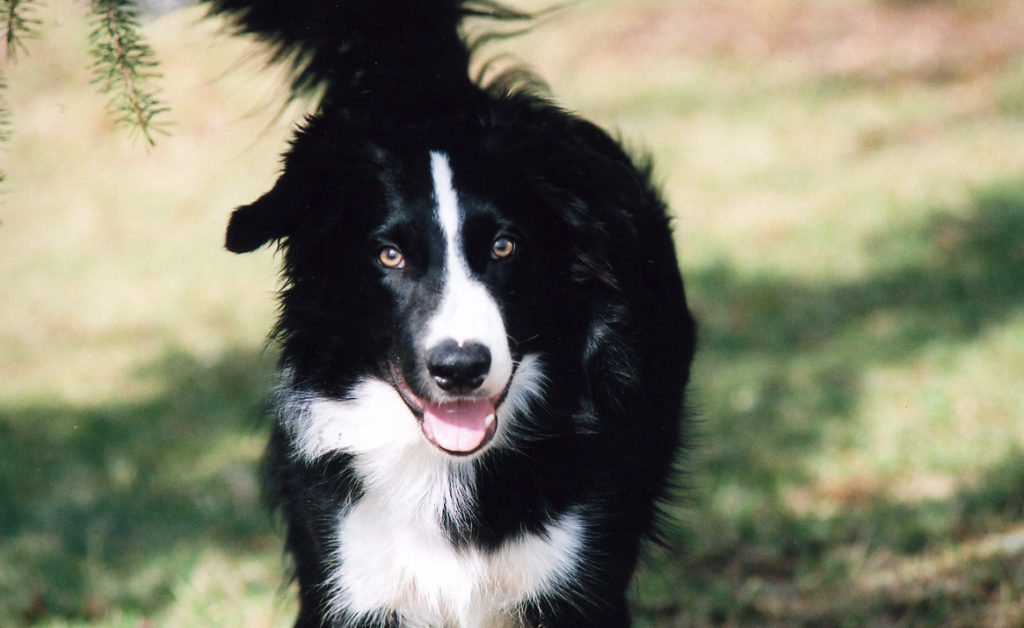
Border Collie 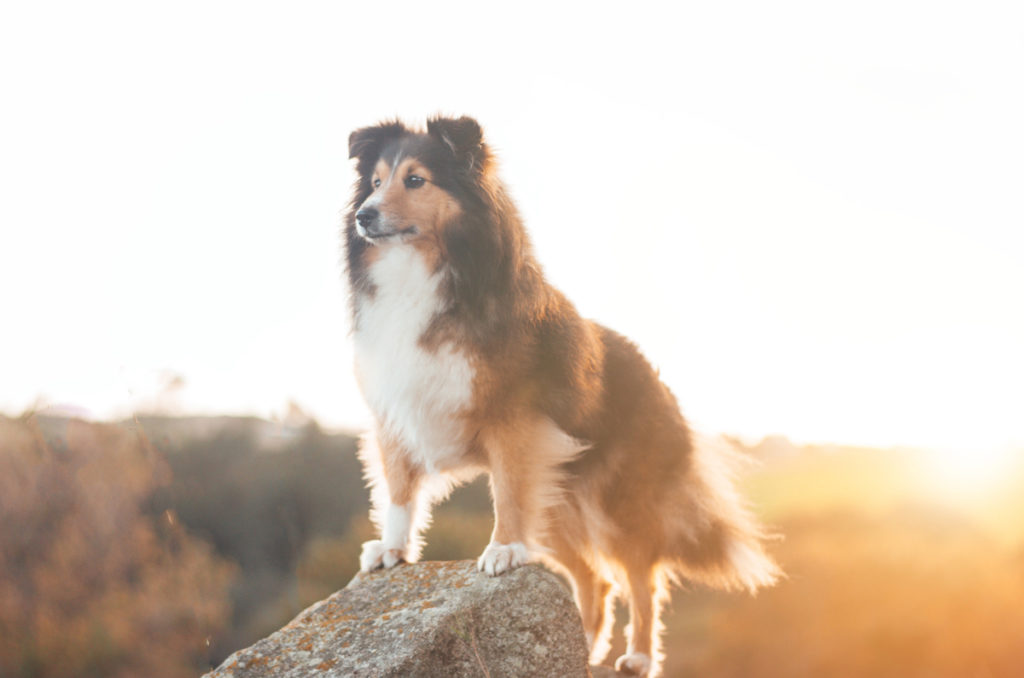
Smooth Collie 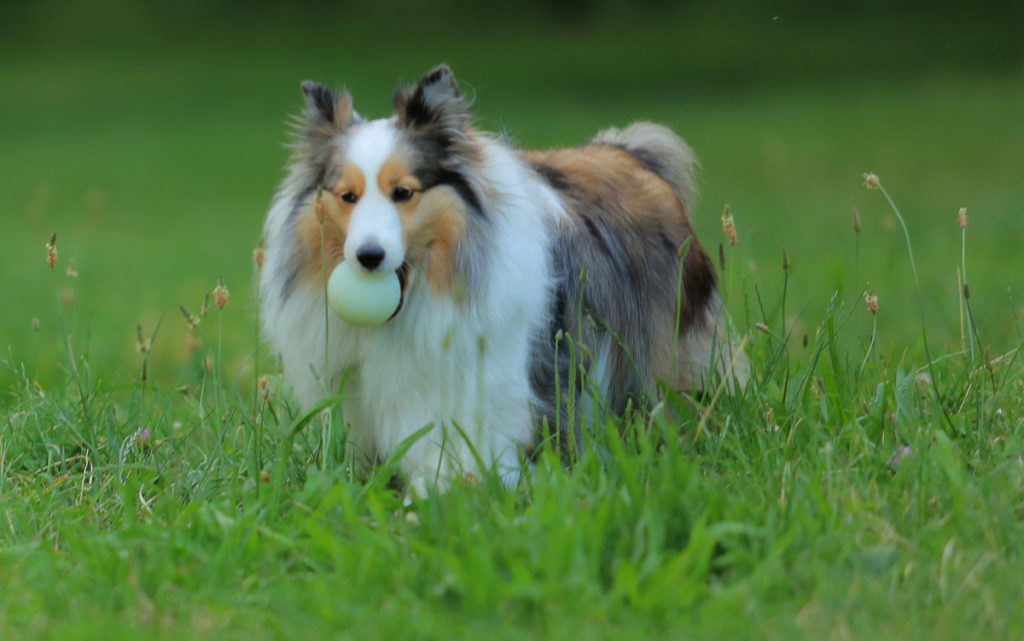
Shetland Sheepdog
- Border Collie: Topping the charts in intelligence, border collies are the dog most people think of when you mention herding dog breeds. They have the herding gift down in their bones, and they win competition after competition. And not just in herding! You’ll often find borders excelling at flyball, agility, and obedience. As long as you’re willing to stimulate their minds AND bodies, you couldn’t ask for a better companion.
- Collie: Collies come in two coat varieties: smooth and rough. The smooth coat is the shorter of the two, while the rough coat is long and thick. (I know, it doesn’t seem like that makes sense, but that’s how they get divided) The rough coat is one of the oldest herding dogs, helping Scottish farmers keep their sheep under control. They LOVE their families, and they’ll exercise that devotion by following your requests without a problem.
- Shetland Sheepdog: Shelties pack plenty of herding instincts into a small package. In fact, they’re the smallest of the herding dog breeds. Don’t let that fool you into thinking they can’t do the work, though! They have hypervigilance that drives them to bark at any threat – unless you put in the work to teach them the squirrels aren’t a threat. Proper training is a MUST with Shelties, or you could find yourself with a tiny tyrant on your hands!
Round ‘Em Up!
As long as humans have maintained flocks, we’ve needed herding dogs. And the keen instincts of intelligence, loyalty, and stamina have produced dogs that fit perfectly into that niche. To this day, herding dog breeds help us with this task. And when we don’t keep herds or flocks? These dogs keep us on track with our workout needs or challenge us with their keen minds.
You just need to make sure you’re up to the task of meeting the needs of their energy. And, of course, expect to get herded now and then.
Who knows? Maybe that herding will keep YOU out of trouble!

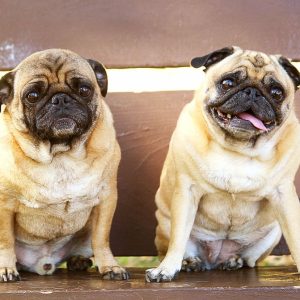
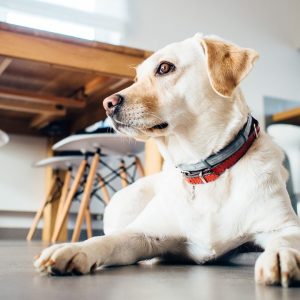
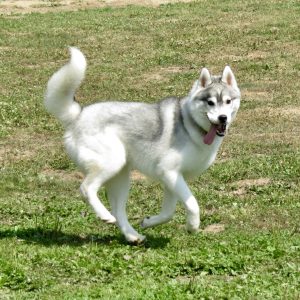
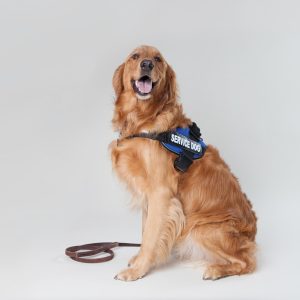
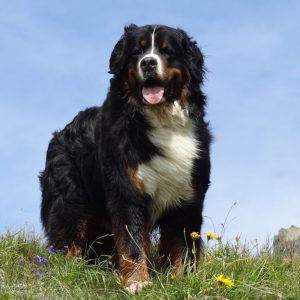
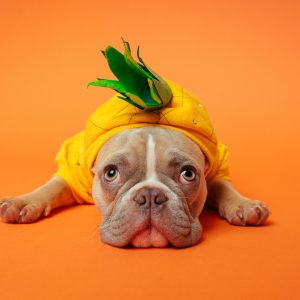
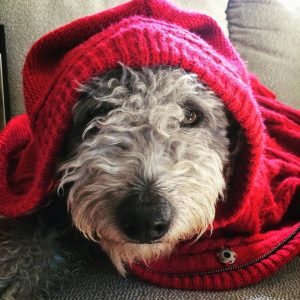
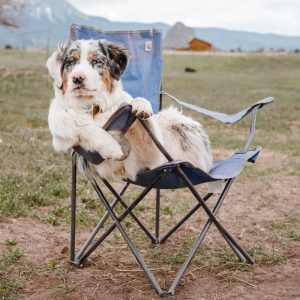
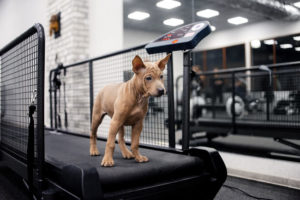
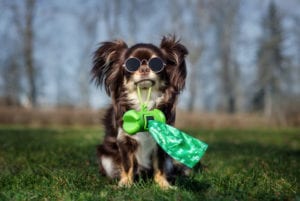
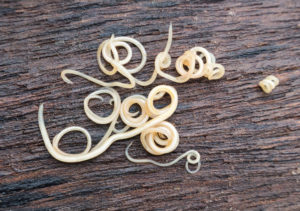
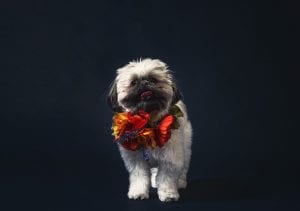
No comment yet, add your voice below!